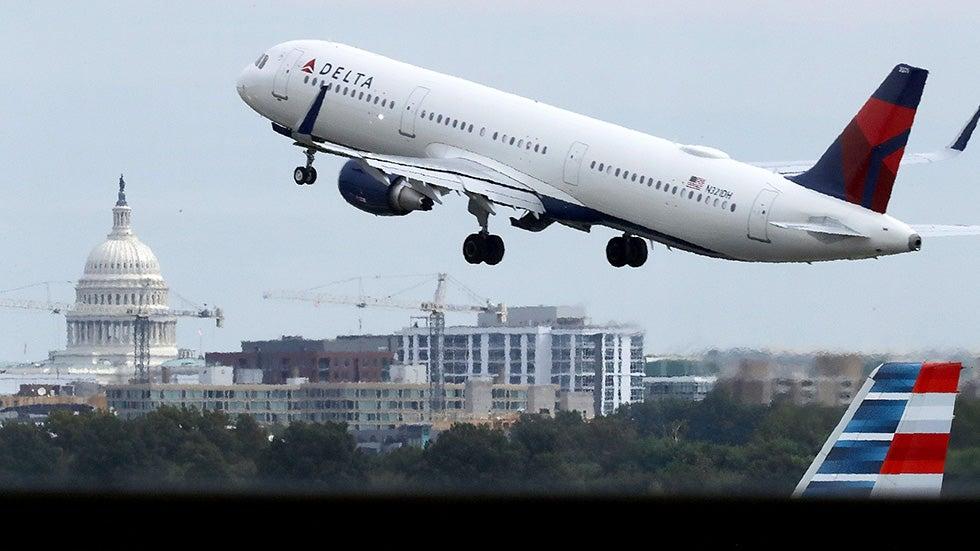The economy is still reeling from pandemic-related disruptions, with experts predicting volatility to remain the status quo. Now, as government leaders look to stabilize the economy and build trust amid rising COVID-19 infection rates and new variants, they must adhere to one guiding principle: Do no harm.
However, the Federal Aviation Administration (FAA) has identified concerns about the imminent rollout of new 5G cellular systems, citing interference with cockpit safety systems. And that means large disruptions to the aviation ecosystem. Safe, efficient aviation can coexist with 5G technology, but more time is needed for the FAA and Federal Communications Commission to find a solution that maintains the nation’s leadership in next-generation connectivity while ensuring the safety of the traveling public and preventing massive disruptions to air travel and the supply chain.
The new rollout of 5G technology slated for Jan. 5 would bring 5G service to a frequency range called the C-band, which is also used by radio altimeters, systems that measure the distance between an aircraft and the ground. Information from those devices feeds various automated safety systems and is used to help pilots land planes in low-visibility conditions like heavy fog or rainstorms.
ADVERTISEMENTEven when pilots are flying with clear skies and perfect conditions, radio altimeters are crucial tools for ensuring that pilots know their distance from the ground at all times to ensure a safe flight and a smooth landing.

Warning of the serious unintended consequences of a hastened rollout of the new 5G service, the FAA last week issued a pair of airworthiness directives identifying the potential safety concerns and outlining restrictions that would significantly impact commercial flights and the shipping public — further upending the nation’s economic recovery efforts. The FAA, the gold standard for aviation safety in the world, cautioned that the planned rollout would force the agency to prohibit the types of low-visibility approaches that require radio altimeters. As the aviation industry warned in a letter to the FCC, “Air cargo and commercial air travel will likely cease at night and in any weather where the pilot cannot see the runway.”
This would create an operational domino effect for air travel, with significant disruptions spanning flight cancellations, flight delays and flight diversions. Airlines for America surveyed its members to assess the potential impact and conservatively estimated that 32 million passengers would be negatively impacted annually by this action with a cost of $1.6 billion in the form of lost wages and productivity. For passenger airlines, approximately 345,000 flights would be disrupted annually and an additional $1.7 billion in operating costs would be incurred.
What’s more, implementation would result in needless supply chain delays and shipping cancellations, which would have enormous economic impacts that the country can ill afford. Our economy and our country depend on reliable air transportation to move high-value and time-sensitive products such as pharmaceuticals, food, high-tech equipment and more. Airlines for America cargo carriers estimate the FAA directive would disrupt 5,400 cargo flights annually at a cost of $400 million.
With Jan. 5 just days away, more time and information sharing are needed to allow the FAA and the FCC to work with industry stakeholders and pilot labor to find a practical resolution that does not critically disrupt the already fragile economy and supply chain.
The aviation industry fully supports the rollout of 5G technology, but implementation needs to be done right. It is imperative that the FAA and FCC come together to find an approach that keeps the skies safe.
Captain Casey A. Murray is president of the Southwest Airlines Pilots Association (SWAPA).




